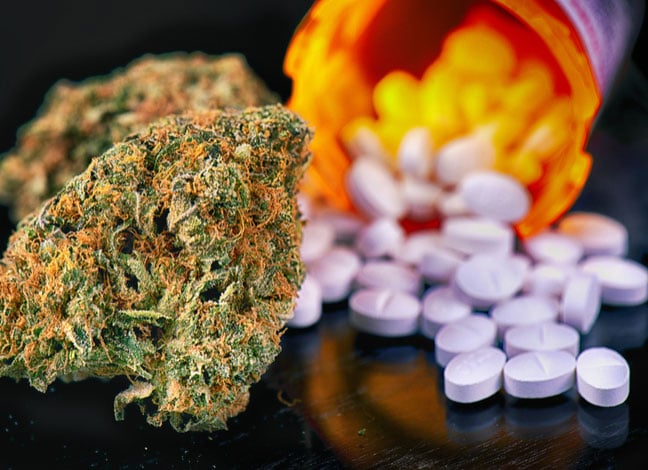Symptoms such as pain and nausea improved in cancer patients who took cannabis, according to new research that is part of Minnesota’s effort to address the information void about whether marijuana offers medical benefits.
Analyzing 1,120 cancer patients who received cannabis through the state medical marijuana program, researchers reported Monday that they found noteworthy improvements over four months in all eight symptom categories that they tracked.
Struggles with sleeping and difficulties with depression didn’t go away, but patients’ self-reported symptom scores dropped from the severe to the moderate range, said Dr. Dylan Zylla, a study author from the Oncology Research Center at HealthPartners/Park Nicollet.
“For patients, that’s a huge quality of life improvement,” he said.
The study, conducted jointly with the Minnesota Department of Health, used information that patients were required to provide as conditions of participating in the state’s four-year-old medical cannabis program.
Among them, 743 cancer patients received initial cannabis supplies and returned in about four months for more. Median pain scores on a 10-point scale declined from 8 to 6.7 in those patients, the data showed. The number of patients reporting maximum pain scores of 10 declined from nearly 25 percent to less than 10 percent in the same period.
Zylla said the results are encouraging, especially as patients look for alternatives to opioid painkillers. In addition to addiction concerns, he noted that preliminary studies have found that opioids might fuel growth of some cancers. On the other hand, cannabis is metabolized by the body in the same way as many cancer-killing chemotherapy drugs. More research is needed, Zylla said, to make sure cannabis isn’t disrupting the effectiveness of chemotherapy and hurting survival rates.
Minnesota is one of 33 states to permit marijuana for medical uses, but the state’s approach is unique in the information it requires from patients for research. Nearly 15,000 people in Minnesota currently have certification from doctors to receive cannabis for treatment of 14 qualifying conditions.
Nine percent of those patients have cancer, making it the fourth most common qualifying condition behind intractable pain, post-traumatic stress disorder and severe/persistent muscle spasms.
The study had limitations, including that it had no way of isolating cannabis from other treatments that might have relieved symptoms. It also had the potential for response bias because it was largely based on the progress in patients who returned for refills. Roughly one-third of the study patients did not return, perhaps because the cannabis didn’t work, or they died from their cancers, or other reasons. The limited data collected from patients also prevented the researchers from answering key questions, such as the types of cancers involved.
The study nonetheless is the largest, perhaps the first, to analyze how a state medical marijuana program affected symptom levels in a large patient group.
“No other state medical cannabis program collects as much information on patients,” said Susan Anderson, a state health research scientist and study co-author. She added that “it’s gratifying to see the reported benefits and the relatively small degree of adverse side effects experienced by cancer patients.”
Results were published in the Journal of Oncology Practice. The study didn’t address the types of cannabis that worked best, but it did tally the types that were used.
The state program permits products containing the cannabis compounds CBD and THC — the latter of which causes the “high” from marijuana — while a growing over-the-counter market sells products containing CBD only. Which compound provides medical benefits is unclear.
In this instance, almost all patients used cannabis products containing higher or equivalent levels of THC compared to CBD. Only 1 percent used products with elevated CBD levels.














